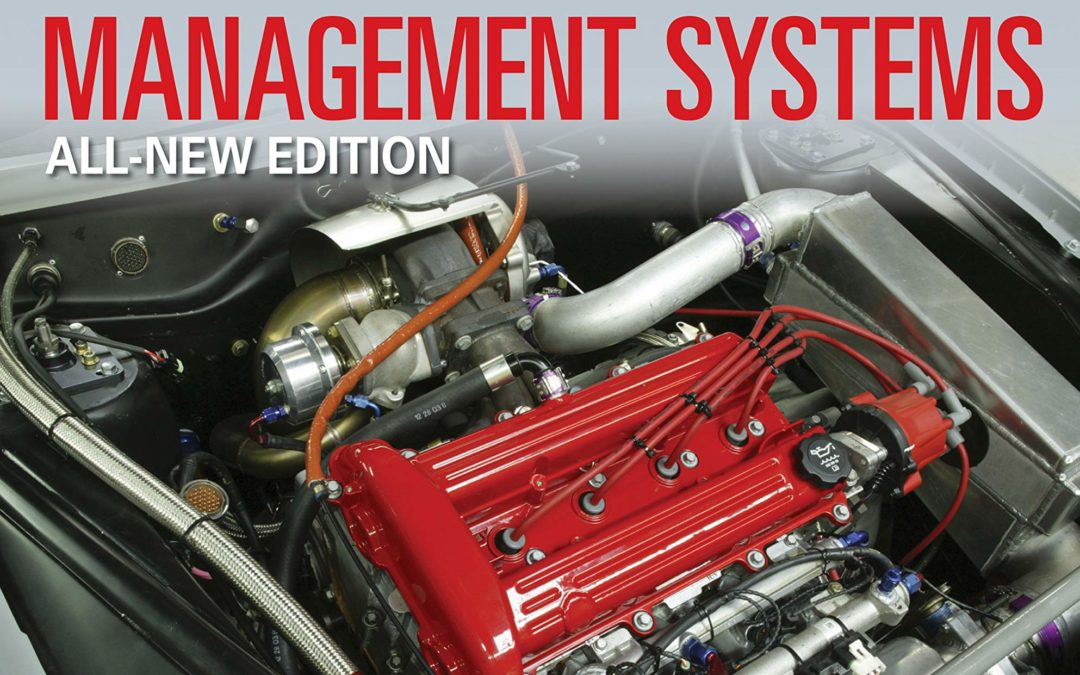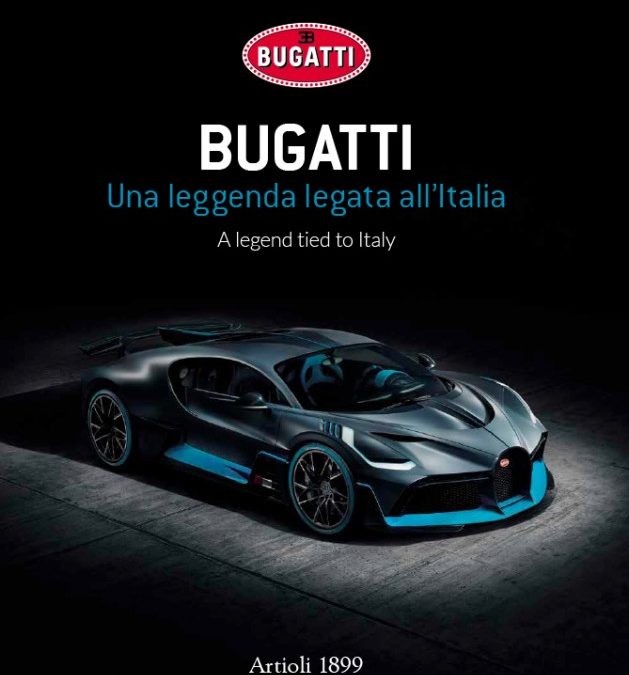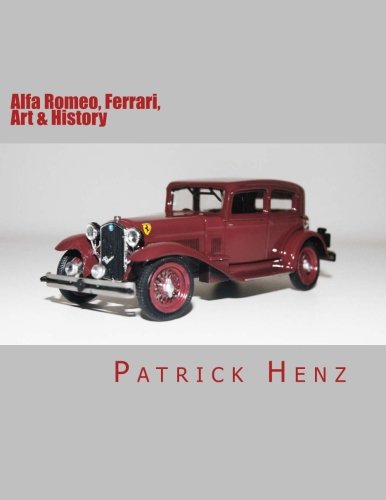
All New Edition: Upgrade Your Engine to Increase Horsepower (Motorbooks Workshop)
Understanding fuel injection and engine management systems is the key to extracting higher performance from today’s automobiles in a safe, reliable, and driveable fashion.
Turbochargers, superchargers, nitrous oxide, high compression ratios, radical camshafts: all are known to make horsepower, but without proper understanding and control of fuel injection and other electronic engine management systems, these popular power-adders will never live up to their potential and, at worst, can cause expensive engine damage.
Drawing on a wealth of knowledge and experience and a background of more than 1,000 magazine articles on the subject, engine-control expert Jeff Hartman explains everything from the basics of fuel injection to the building of complex project cars. Hartman covers the latest developments in fuel-injection and engine management technology applied by both foreign and domestic manufacturers, including popular aftermarket systems.
No other book in the market covers the subject of engine management systems from as many angles and as comprehensively as this book.
Through his continuous magazine writing, author Jeff Hartman is always up-to-date with the newest fuel-injection and engine management products and systems.

The rediscovery of the wondrous ‘Bugatti’ world made up of extraordinary cars, at centre stage in the first three decades of the last century and magically put back together on the outskirts of Modena between the ’80s and 90s, has taken off again more recently thanks to the boost provided by the Volkswagen Group.
This Group has promoted the making of sensational supercars, which, in terms of features and performance, are by far the most unique cars in the world, ranging from the various versions of the EB 16.4 Veyron on through to the Chiron, which with its 1500 bhp easily reaches 420 km/h, and the more recent Divo at a price of five million euros.
The book begins with an exclusive, long interview with Stephan Winkelmann, President of Bugatti Automobiles S.A.S., who explains the characteristics and the motivating force behind the most amazing brand in the automotive industry.
This is a sensational project symbolically linked with the previous period of management of the Bugatti brand, when through the efforts of the Italian entrepreneur Romano Artioli, the brand underwent a brilliant relaunch, which enabled production of the EB 110 sports car in the futuristic Campogalliano factory. In the mid-1990s, the Bugatti EB 110 was the fastest production car in the world.
Much of the book also deals with Bugatti cars in the days of Ettore Bugatti, who was born in 1881 in Milan and still stands tall amongst the greatest automobile engineers and entrepreneurs. Bugatti cars were meant to be astonishing because of their ingenious features and performance, but also because of their beauty and character.
Retracing the historical transitions of the Bugatti brand is a sort of total immersion in the most exclusive world of motor racing, with continuous transitions between technology, lifestyles, design and the history of costume and fashion.

There is one direct link between Alfa Romeo and Ferrari and its name is Enzo Anselmo Ferrari. Born on the 18th of February 1898, he joined Alfa Romeo in the early 1920s to become one of their many race drivers. In the beginning he participated in local events, but thanks to his positive results; later also competed in more prestigious races.
Nevertheless his real talent was the management. Thanks to this, he founded in ’29 the Scuderia Ferrari, which became the official Alfa Romeo racing team. Until 1932 Enzo continued as racing driver and after this he concentrated on being the team manager. In ’37 Alfa Romeo reduced his position to sports director, what means practically that his possibility to take decisions had been drastically limited. For Enzo this was not tolerable and as consequence he left the company in ’39.
Apart from this, the ways of both manufactures still crossed many times, as key employees changed from one company to the other or as both used the same coachbuilders to design their fast and elegant creations. Even technology transfer happened up to today, as the new top version of the 2016 Alfa Romeo Giulia will include a Ferrari-based engine.
“Alfa Romeo, Ferrari, Art & History” is not just another publication, but tells the history of these two iconic Italian car manufactures, from one of their first creations in 1911 until today. Therefor the author uses official die-cast model cars and regarding art prints. For this you will not only find texts and boxes of technical specifications, but images celebrating the unique design of the vehicles, which are a reflection of their engineers’ visions and eras.
More than ordinary automobiles, even more than sports cars; both, Alfa Romeo and Ferrari produced design objects for the global pop culture, sometimes reflecting the actual zeitgeist, other times being ahead of it and sometimes even creating the fashion. As fascinating as the cars their-selves are, the many stories are behind and around them.
As each of the more than 300 presented cars is unique, they all have their own particular story. This is not limited to Alfa Romeo and Ferrari, but also relates to others companies as Fiat, Lancia, Lamborghini, General Motors and Ford. Famous design studios are included, like Pininfarina, Zagato and Bertone.
To have a complete picture, besides presenting production cars, the book is also including the racing machines and rare show cars.





